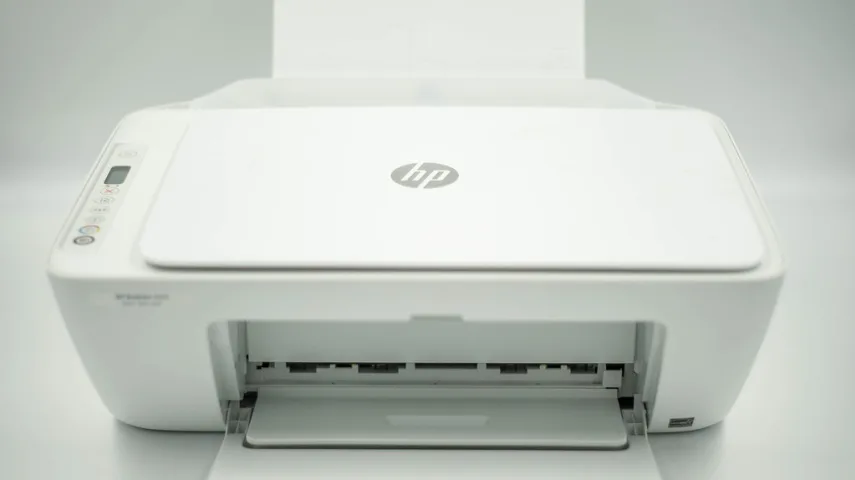
Inkjet printers have become an essential tool in both professional and personal settings, revolutionizing the way we print documents and images. However, there has been a long-standing debate regarding the longevity of inkjet printers. Many people question whether these printers can withstand the test of time and continue to deliver high-quality prints. In this article, we will delve into the factors that affect the lifespan of inkjet printers and provide insights into how to maximize their longevity.
- Understanding the Components:
To comprehend the lifespan of inkjet printers, it is crucial to understand their key components. Inkjet printers consist of printheads, ink cartridges, paper feed mechanisms, and control circuitry. Each component plays a vital role in the printer's overall performance and durability. - Quality of Printheads:
Printheads are the heart of an inkjet printer, responsible for depositing ink droplets onto the paper. The quality of the printheads significantly impacts the printer's lifespan. High-quality printheads are designed to withstand extensive use and are less prone to clogging or malfunctioning. Regular maintenance, such as cleaning and alignment, can help prolong their lifespan. - Ink Cartridge Considerations:
The type and quality of ink cartridges used in an inkjet printer also influence its longevity. Genuine manufacturer cartridges are specifically designed for compatibility and optimal performance. Using third-party or refilled cartridges may save costs initially but can lead to issues such as clogging, leakage, and reduced print quality. It is advisable to use genuine cartridges to ensure the longevity of your inkjet printer. - Maintenance and Cleaning:
Regular maintenance and cleaning are essential to extend the lifespan of inkjet printers. Dust, debris, and dried ink can accumulate over time, leading to clogged nozzles and poor print quality. Following the manufacturer's guidelines for cleaning and maintenance, such as using cleaning cycles and keeping the printer in a clean environment, can help prevent issues and maximize the printer's lifespan. - Print Volume and Usage Patterns:
The print volume and usage patterns also impact the longevity of inkjet printers. Printers designed for high-volume printing are built with more durable components and are better equipped to handle continuous use. Conversely, printers intended for occasional home use may have a shorter lifespan if subjected to heavy workloads. Understanding the printer's intended usage and choosing the appropriate model can contribute to its longevity. - Environmental Factors:
Environmental conditions, such as temperature and humidity, can affect the performance and lifespan of inkjet printers. Extreme temperatures and high humidity levels can cause ink to dry out or become too fluid, leading to clogging or smudging. It is advisable to keep the printer in a controlled environment, away from direct sunlight and excessive moisture, to ensure optimal performance and longevity.
Conclusion:
Contrary to popular belief, inkjet printers can indeed last for a significant period if properly maintained and used. By understanding the importance of quality components, regular maintenance, and suitable usage patterns, you can maximize the lifespan of your inkjet printer. Remember to use genuine ink cartridges, follow manufacturer guidelines for cleaning, and create an optimal printing environment. With these practices in place, your inkjet printer will continue to deliver high-quality prints for years to come.


